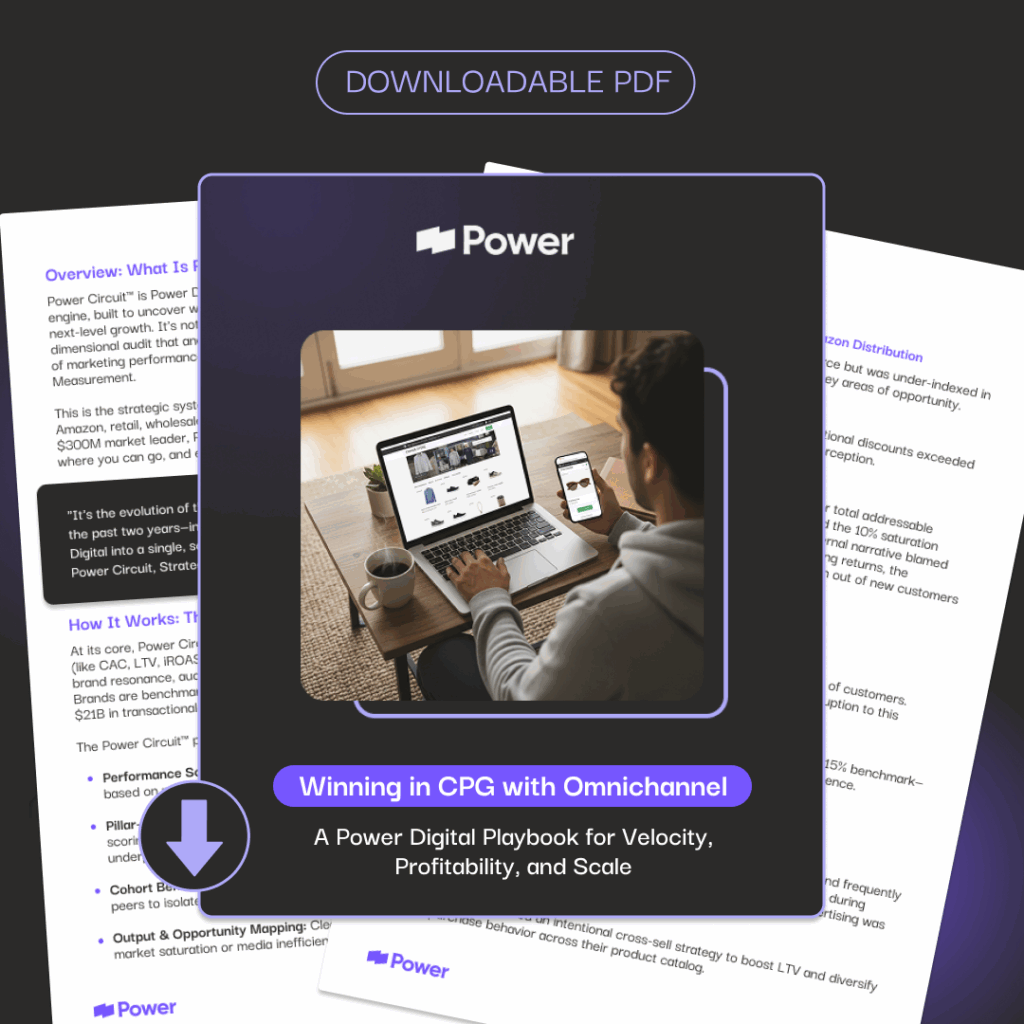A key part of any content strategy is regularly providing new and engaging material for your audience to consume. Seems obvious enough, right? A little less obvious is the part of your content strategy which suggests you reshare your own posts.
Related: What is Content Marketing?
In a social landscape where the assumption is that marketers should be constantly cranking out fresh content every day, resharing old posts might seem counterintuitive to your strategy, and even a bit spammy. But it actually makes sense when you think about it. If you’re putting out strong, quality content on a regular basis, and spending valuable time to do so, then why should it be seen just once? That is, if it’s seen at all. Consider these numbers:
- Instagram users miss 70% of content in their feeds. (Source)
- Every day, the average Twitter user only spends 60 seconds on the platform. (Source)
- As of 2016, a Facebook Page post only reaches 2% of its fans (organic reach). (Source)
These staggering stats reveal a very small window of time that you have to communicate with your audience, and underscore the very likely possibility that much of your audience never saw your content to begin with. Especially on Twitter (but Facebook, too), it simply doesn’t make sense to share your posts just once. So, rather than thinking of resharing as a spammy tactic, think of it as a way to give your followers the best chance see your content—and for you to stretch the value of all that strong content you’ve created.
The Benefits
At the end of the day, your strongest content should never be a ‘one and done’ post, especially when resharing can do so much for your overall strategy.
Increases social reach: Sure, there’s the possibility that some of your audience will see the same post twice, but there’s also a greater possibility that it will get in front of someone new. And isn’t more exposure the whole point of sharing content to begin with? Beyond just resharing, repurposing some of your content can also increase your engagement. Turning a blog post turned into a summarized infographic or a short slideshow could reach totally new audiences.
Related: Why You Need To Integrate Your Content and Social Strategy ASAP
More time to spend on other efforts: With your reshared evergreen content supplementing a portion of your original content output each month, you’re going to notice some extra time on your hands. Take advantage of this. It’s the perfect opportunity to interact with the people already engaging with your content. Investing in these conversations in real-time will help build meaningful relationships between your brand and its audience, and increase your opportunities to direct traffic to your site from social platforms.
Improves SEO: As is the nature of SEO, links back to your website and increased traffic will help your overall ranking. With the rise of social sharing in recent years, Google started to incorporate social signals into its search results. While content shared within user’s social circles may not always appear in the top ten, they still receive increased promotion due to the influence of social sharing. Reshared posts also create more opportunity for backlinks.
Reinforces your message and credibility: If you have something valuable to say then you want to make sure it’s heard by as many people as possible. When you reshare your content, not only will you be reminding those who’ve already seen of its importance, but you’ll also be able to educate new audiences. The more you’re able to share, the more likely your key points will resonate and stick with readers. And when your readers continue to see your content appear in different places and different formats, it further reinforces your credibility as an industry leader.
Choosing Your Content
To capitalize on the benefits of resharing, you need to be selective with your posts when you reincorporate them into your strategy. To determine which content deserves another shot in the spotlight, ask yourself:
Is it evergreen? Oftentimes, posts will have a limited shelf life. A post about the networking opportunities available through MySpace isn’t going to provide any value to your audience. Why? Because the platform is no longer relevant and the information is no longer useful. Pick evergreen content to repurpose only if it will hold its worth over an extended period of time.
Is it popular? A quick dive into Google Analytics can answer this question. Take a look at your last years’ worth of content and identify the pieces that did well—these are great resharing candidates. Better yet, if you can determine why those did well, you’ll be able to better strategize ways to repurpose it.
Related: The Importance of Content Marketing: Mapping Out Integrated Campaigns
And sometimes it’s okay to take a chance. If there’s a post that didn’t perform as well as you first hoped and you think that it might’ve been the result of social circumstances beyond your control, throw it in the mix and see if you can give it purpose again.
Can it be easily updated or expanded upon? Some posts just aren’t worth the effort to revamp for a second use. When you find an older post on a topic that still holds value and may be of interest to your audience—even though it might require a few tweaks to make it totally current—flag it for repurposing.
A few minor updates will take much less time than an entirely new piece of content. Likewise, if the content is still current and valuable, but could offer even more value if it was beefed up a bit, do it! Add an extra section, throw in some striking visuals, share additional resources. A little bit can go a long way.
Can it be reformatted? Although this may be a more time-consuming route, it does have its benefits. As suggested earlier in this post, presenting the same message in different formats can result in much larger reach and engagement. If you see a blog post that might work well as a short video, or an infographic, or a slideshow, go for it. Your audience might be more inclined to engage with these posts than just a simple link and a photo.
Making Reshares Work For You
Once you’ve identified the content you plan to use, you’ll need to determine the best way to reintroduce it to your audience. Here are a few tips to help along the way.
- Think About Your Audience: Will they care about this content when they see it in their feed? Or better yet, would you care about this content if you saw it? Only post if you can answer yes to this question. If there’s no perceived value, there’s no point in sharing.
- Create a Schedule: You should create a posting schedule for each social network as you plan your reshare strategy. Consider how often you should be posting on each channel—this will differ from platform to platform based on algorithm and audience—in order to help you find a balance between getting the most reach and clogging your audience’s feed. It’s a fine line, but mapping it out can help you get a big-picture view. Spaced out properly, you can be resharing the same content for a month. When scheduling, also think about where your audience is in the world. If your brand is based out of San Francisco, but your audience is primarily in Europe, they won’t see most of the posts you share during the workday. Schedule it so that it works for their time zone.
- Make Your Messaging Unique: Put yourself in your audience’s shoes. If you saw a brand posting the exact same message multiple times throughout the day or week, that would be a major turn off, right? To avoid coming across as spammy, tailor multiple messages to fit one piece of content. For example, if you’re planning to Tweet about a blog post you want to reshare, you could do so a handful of different ways: as a quote from the blog, as a statistic from the blog, as a question about the topic, as the title of the post, as an infographic or image from the post, as a teaser about the content. The list goes on. And remember, you don’t have to pick just one of these; pick a few, or pick all! The more unique ways you can deliver the message, the more reach it will get.
- Consider the Platform: Once you have your message, you need to decide where to share it. Play to the strengths of each network so that you’re getting the most out of each reshare. Instagram is a more visual platform; Facebook allows for long-form text and captions; Twitter limits its character count, but does a great job displaying images. These are all things to take note of when tailoring your unique message. Make sure it is always optimized for the right platform, and only share on that platform if the messaging makes sense. A hashtag heavy caption isn’t going to make sense on Facebook. A summary of the blog main points won’t make sense on Twitter. By understanding how each platform displays image or text, you’ll be able to optimize your post to work best for you.
Take Advantage Of Automation Tools
Since one advantage of resharing is that it can save you time, you don’t want to get bogged down in the manual scheduling and posting of each piece of content you plan to blast to your followers.
In addition to the regular social scheduling platforms you should be using to make life easier (HootSuite, Sprout Social, TweetDeck, to name a few), there exists other tools made specifically for resharing older content. Here are three tools that may be helpful if incorporated into your social arsenal.
TweetOldPost: If your blog uses WordPress then this plugin could be a useful, especially if you have a significant amount of blog content and much of it is evergreen. The plugin chooses from archived blog posts and Tweets them out based on the configurations you set up. Its functionality allows you to exclude categories and/or specific posts, to choose the number of tweets and/or the time between tweets, and to use topical hashtags.
Buffer: Within the platform, you can assess the analytics of your sent posts. If you see any post that you wish to reshare, simply hover over the post and click the re-bufffer option. This sends the post back in your sharing queue where the rest of your scheduled posts live.
Social Oomph: One feature of this social productivity platform is the ability to queue your old blog posts and customize the message. Posts are picked from the queue at random and tweeted out with the various tweets you’ve composed and attached to the post. For example, one blog post can be tweeted out 5 times with the same link, but each tweet contains a different message. A great tool for diversifying your feed while still driving traffic to the same place.
Closing Thoughts
Now that you have a better grasp on the importance of resharing and how it’s done, you can start applying this technique to your content marketing strategy. Not only should you be looking back at your past content for ways to recycle it, but you should look forward towards your future content and start planning for new ideas that are intended for reusing.
Related: How to Drive Revenue With Content Marketing
It can be a lot harder to rework a blog post or piece of content that wasn’t created with the intention of reuse; but if you begin the ideation process by thinking about multiple ways to package your content, you’re setting yourself up for a future of successful resharing and repurposing, ultimately allowing you to make the most out of your content.









